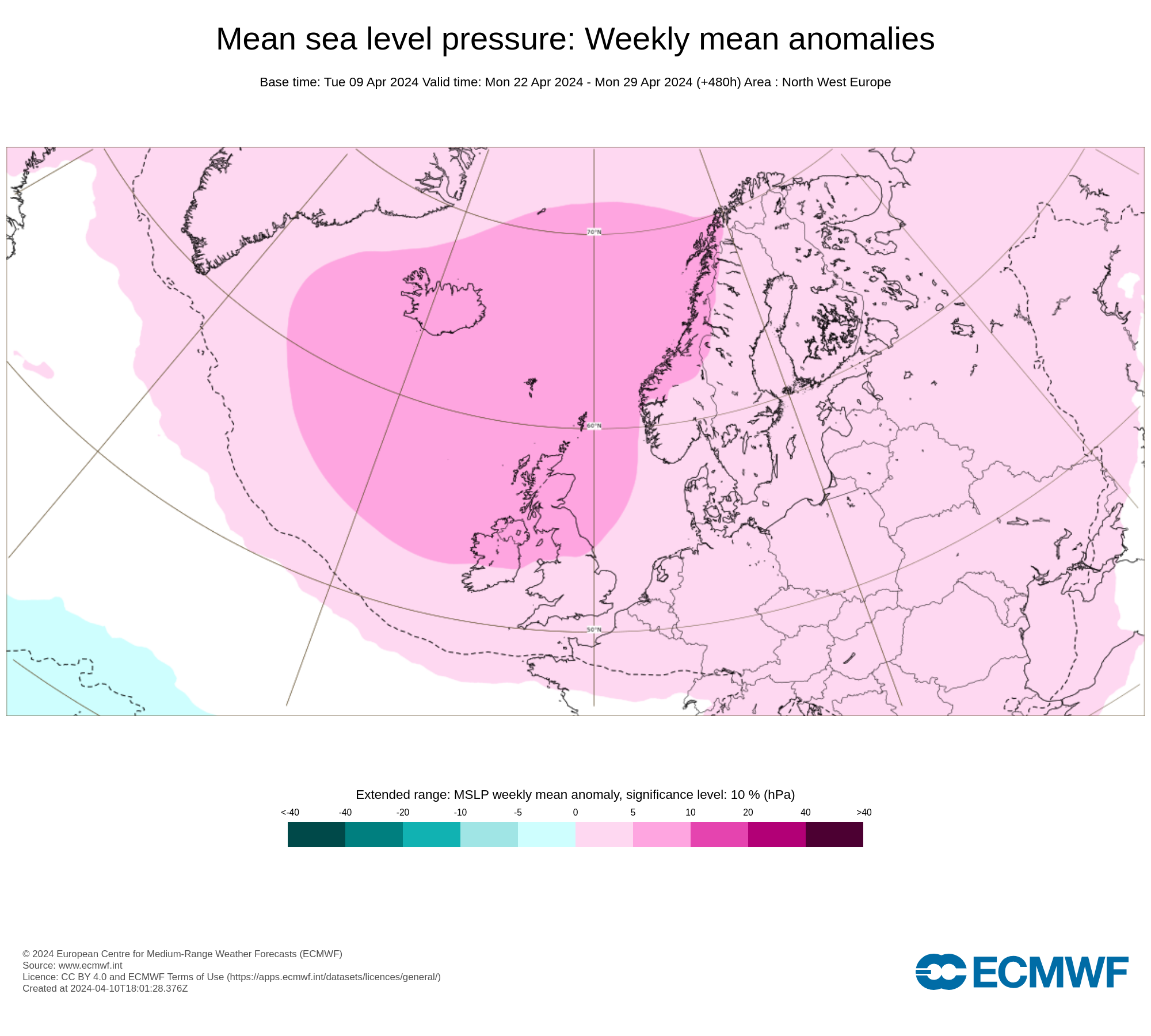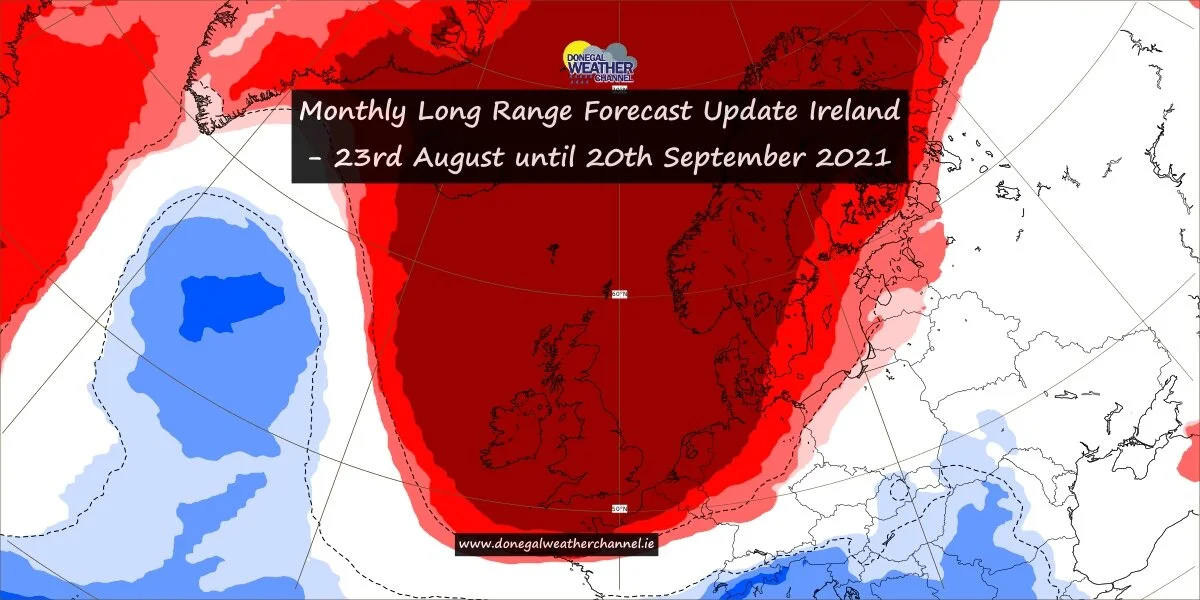Polar Stratospheric clouds spotted in Ireland this morning for 1st time in 8 years
Polar Stratospheric clouds spotted in Cavan this morning by Aine Tuffy.
Polar Stratospheric clouds were spotted in Ireland this morning for 1st time in 8 years. The last time the PSCs where visible was back in February 2016.
It will be well worth keeping a eye on the sky's around sun rise and sunset over the coming days temperatures in the stratosphere it will be cold enough over the Ireland and the UK for polar Stratospheric clouds (PSCs) (nacreous clouds) to form.
The form at a altitude of 15,000–25,000 meters (49,000–82,000 ft). They are best observed during civil twilight when the sun is between 1 and 6 degrees below the horizon.
PSCs form at very low temperatures, below −78 °C (−108 °F).
Over the past 2 months I have been watching the temperature in the stratosphere and conditions this week now look perfect for them to form especially over coming days
Current temperature in the stratosphere will be -80 and below over the next few days.
These clouds are very rare down at these latitudes and only be see every few years.
In 2016 the odds were good just like now due to a opening in the ozone Layer over us.
If they do manage to form over the coming mornings and evenings make sure to take photos and send then on.
The nacreous clouds will only be visible when the sun is between 1° and 6° below the horizon, in a period called “nautical twilight”. So your best chances to see the clouds will just before dawn and just after sunset.
How Nacreous Clouds Form
Nacreous clouds develop in high latitudes – 60 to 90 degrees – of the Northern and Southern hemispheres.
In addition to forming at high latitudes, they exist only at high altitude. Nacreous clouds form in the stratosphere, at 70,000 feet or above — more than twice as high as commercial airliners fly, according to NASA. This is also where the ozone layer resides.
Clouds generally don't form in the stratosphere. Typically, it’s far too dry there for ice crystals or supercooled water droplets to develop.
But nacreous clouds are different. They're a mixture of supercooled water, ice crystals and nitric acid.
During winter, when there’s little sunlight in the polar regions, the stratospheric polar vortex strengthens and locks out warmer air. This creates extraordinarily cold temperatures in the stratosphere. At this juncture, water vapor in the stratosphere changes to a supercooled liquid or ice crystals.
At this point, the atmosphere is still unaffected by the clouds, but atmospheric chemistry will change that.















